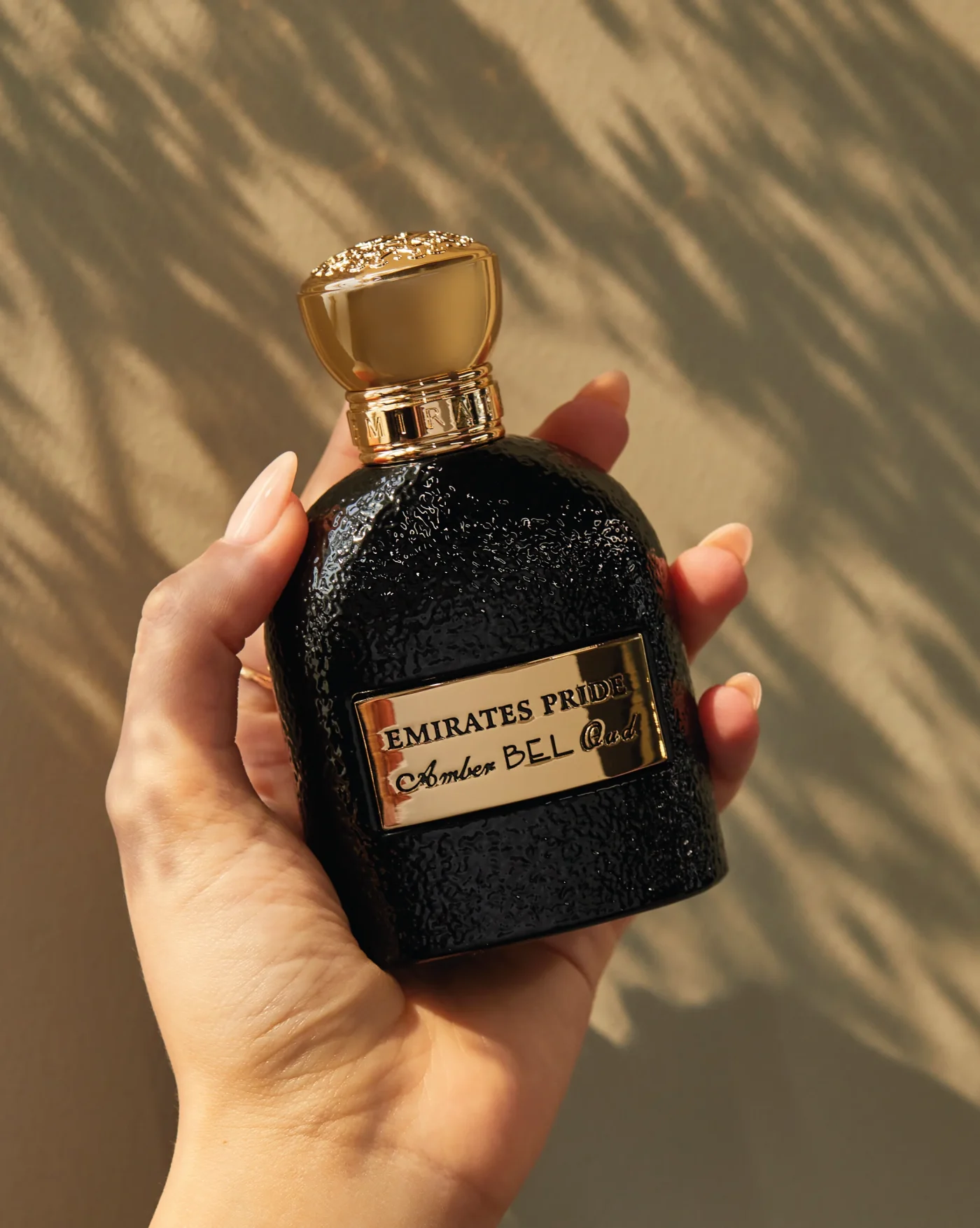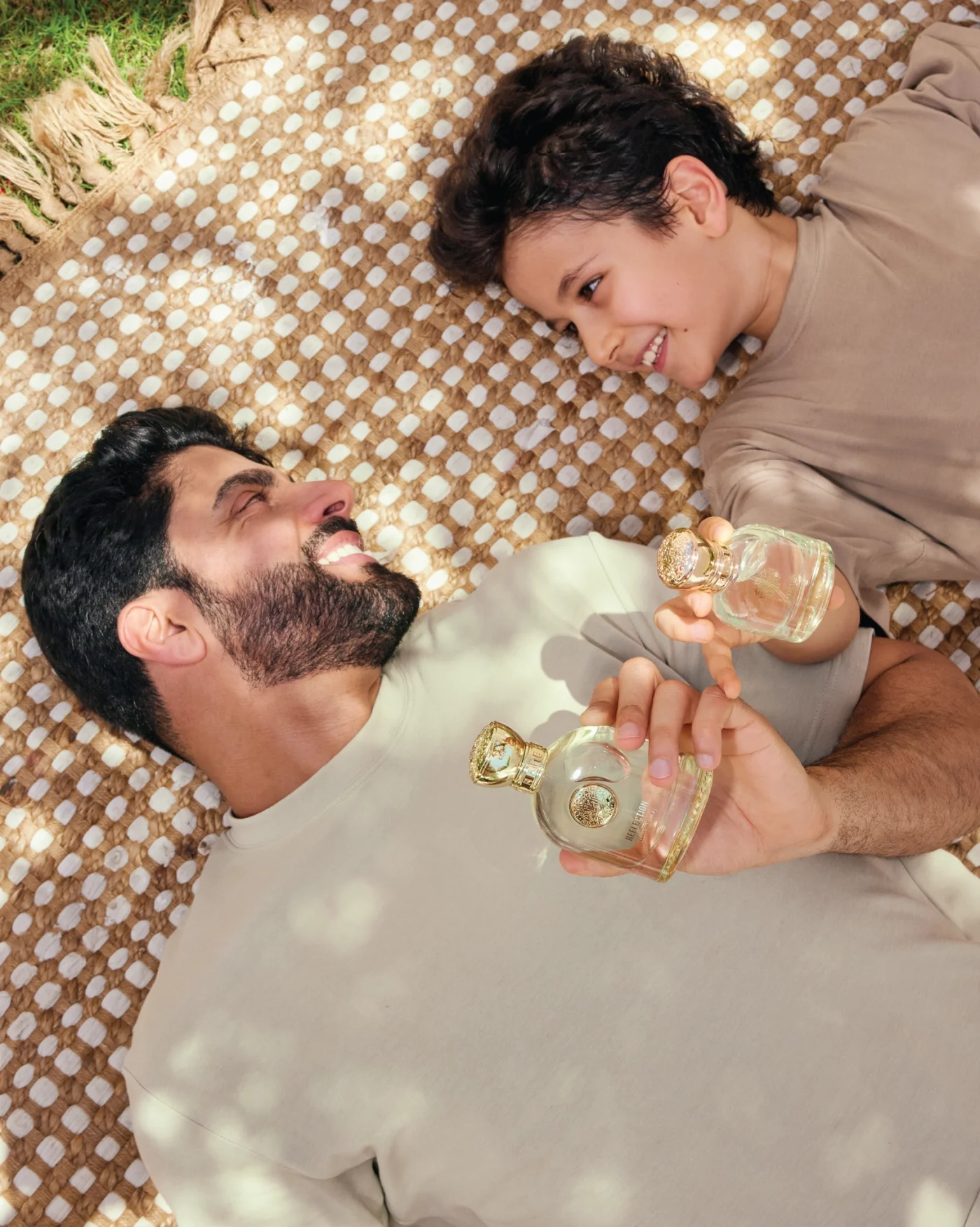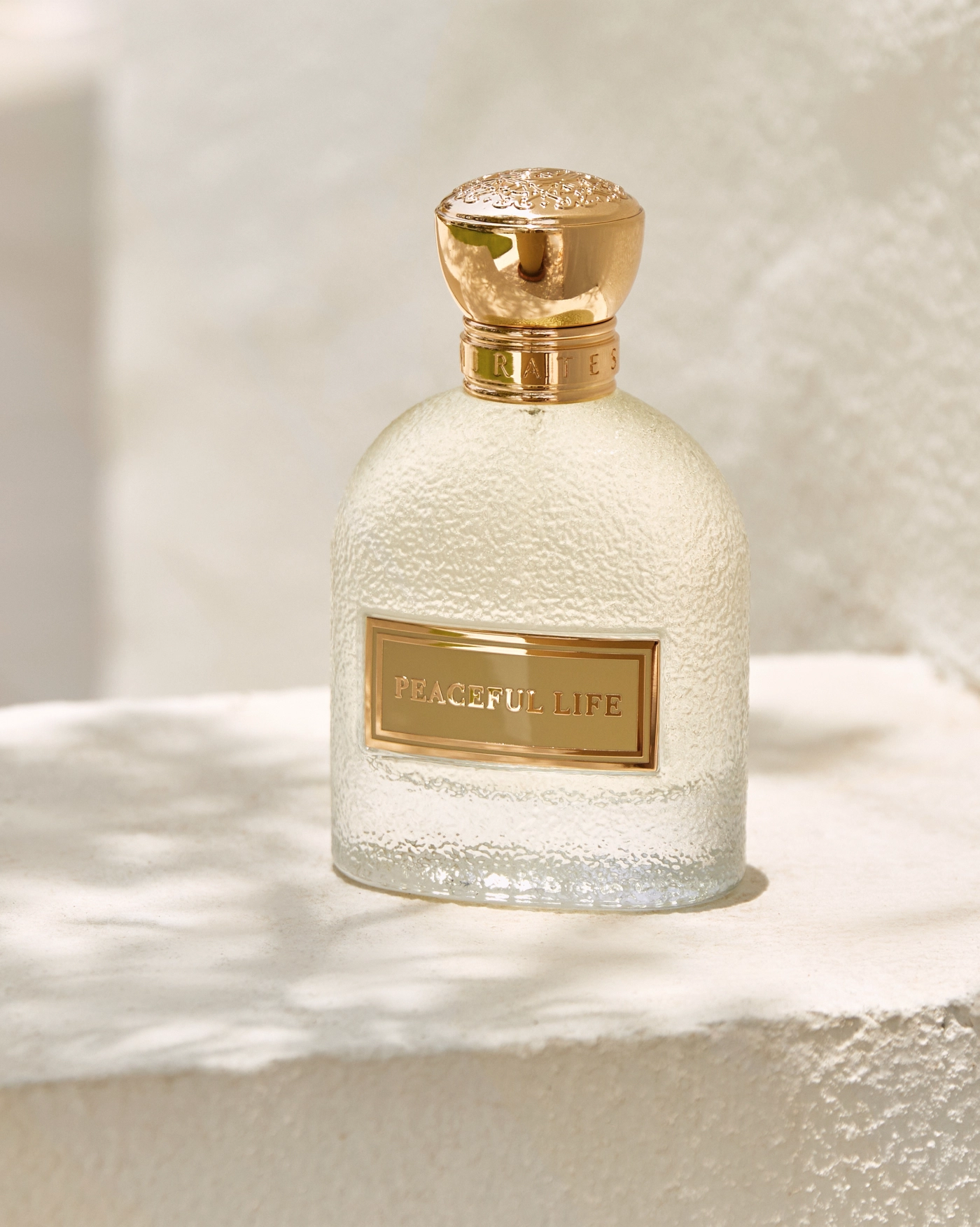Like Coco Chanel, do you believe perfume is “the unseen, unforgettable, ultimate accessory”? Then you must treat perfumes like an Amex credit card (i.e., don’t leave home without it).
But did you know there are techniques for applying perfume? You can’t just spritz it on willy-nilly and hope for the best. For example, indiscriminately spraying one of our oud perfumes would be such a waste.
This brings us to one of the most common questions we get asked. How many sprays of perfume should you use for things to be just right?
Unfortunately, there’s no hard and fast rule about the number of sprays you must dispense. But we can offer a good rule of thumb. The more concentrated your perfume, the fewer pumps of it you must apply. To help this rule make sense, we must explain what goes into any bottle of perfume.
The Anatomy of Perfumes
Perfumes are a mixture of aromatics and a diffusing agent (e.g., alcohol). The aromatics can be a combination of natural oils and synthetic aromatics.
To illustrate, let’s look at one of our favorite floral perfumes, Mysterious Rose. It has a fruity, sweet velvet peach top note and a Bulgarian rose heart anchored by incense base notes.
The top notes are what you immediately sense when you spray on any perfume. This remains for about 15 minutes, after which you’ll perceive more of the heart notes, which can linger for two to four hours. Underneath the dominant heart, you should be able to detect the base notes. The most stable and least volatile, these can stay on your skin for up to six hours.
Perfumers create perfumes by combining top, heart, and base notes. Once they have crafted a scent they like, they add that perfume oil mixture (which we’ll simply call perfume oil) to their chosen diffusing agent in their preferred concentration. The result of that mixture is what is sold in stores in vials, decanters, and bottles.
The higher the concentration of perfume oil in a bottle of perfume, the stronger its fragrance is. The following labels will clue you in on the strength of a perfume:
- Eau de parfum: Eau de parfum (i.e., perfumed water) can be 15-20% perfume oil by volume. In other words, as much as 20% of a bottle is perfume oil. Thus, a 50-milliliter bottle of eau de parfum can have 10 mL of perfume oil.
- Eau de toilette: Eau de toilette (i.e., scented water for personal grooming) can contain 5-15% perfume oil.
- Eau de cologne: Eau de cologne (i.e., cologne water or cologne) has a perfume oil concentration of 2-5%.
- Eau fraîche: Eau fraîche (i.e., fresh water) has 1-3% perfume oil content.
Now that it’s clear perfumes can have varying scent concentrations, you can apply our rule of thumb. To wit, the more concentrated your perfume, the fewer pumps of it you must use.
How Many Sprays of Perfume Should You Use?
So, just how many sprays of perfume should you use? Based on our rule of thumb, you can loosely follow this guide:
- Eau de parfum: One to two sprays
- Eau de toilette: Three to four sprays
- Eau de cologne: Four to five sprays
- Eau fraîche: Four to five sprays
Tweaking the Baseline
We reiterate that the above is just a very loose guide. You can start with it as a baseline and tweak it according to your preferences. You do you.
You can increase or decrease the number of sprays depending on how generously your bottle sprays, the intensity of your perfume, and where you’re spraying.
Spray Volume
A pump on some bottles is equivalent to two pumps on others. If your bottle dispenses a lot of perfume with one spray, it makes sense to cut the number of sprays in half.
Intensity
Two perfumes with an equivalent amount of perfume oil (say, 20%) may have different intensities depending on how they are constructed. If one of the perfumes has a heart of oud, leather, ambergris, or some other scent commonly used as a base note, it can be perceived as more intense than another perfume with a heart of bergamot. In this case, you may want to spray less of the former or use more of the latter.
Spray Area
You may know this already, but we’ll repeat it anyway. Spray your perfume on pulse points. They emit more heat than other parts of the body, and this heat helps activate perfume. Pulse points include the wrists, the base of the throat, behind your ears, below your belly button, and behind your knees.
You may want to use fewer sprays when spraying on the throat and behind the ears. If you’re sensitive to scents, we recommend avoiding these areas altogether. Instead, spray on your wrists and just below your belly button. You will still smell great (to you and the people around you), but your sense of smell won’t get overwhelmed.
Other Perfume Application Tips
If you have an excellent perfume, you don’t need to spray too much to smell good. You just need to remember these application tips:
- Apply unscented lotion to the skin right after towel-drying while your skin is still a bit damp from your bath or shower. After that, you can apply perfume. The lotion will lock in your skin’s moisture, and perfume clings better to moisturized skin. Moisturizing will make perfume last longer.
- Do not mist. Don’t spray perfume into the air and walk into it. That’s a waste of good perfume. Instead, spray perfume directly onto the skin.
- After application, let the perfume dry on its own. Do not rub it. Some people would spray perfume on one wrist and dab it with the other to distribute the perfume. Don’t do this; it will ruin your perfume and is a surefire way to ensure it won’t last as long.
Spray Sparingly
Perfumes are invisible, but they make an impact and leave an impression. They work best when they are a delicate but palpable figment instead of an overbearing presence. So, spray on perfume all right, but spray wisely and sparingly.
Emirates Pride is a homegrown Emirati perfume brand that celebrates and pays homage to its roots with perfumes that have a deep tie to Arab culture. Shop Arabic perfumes and perfume sets now.






Leave a comment